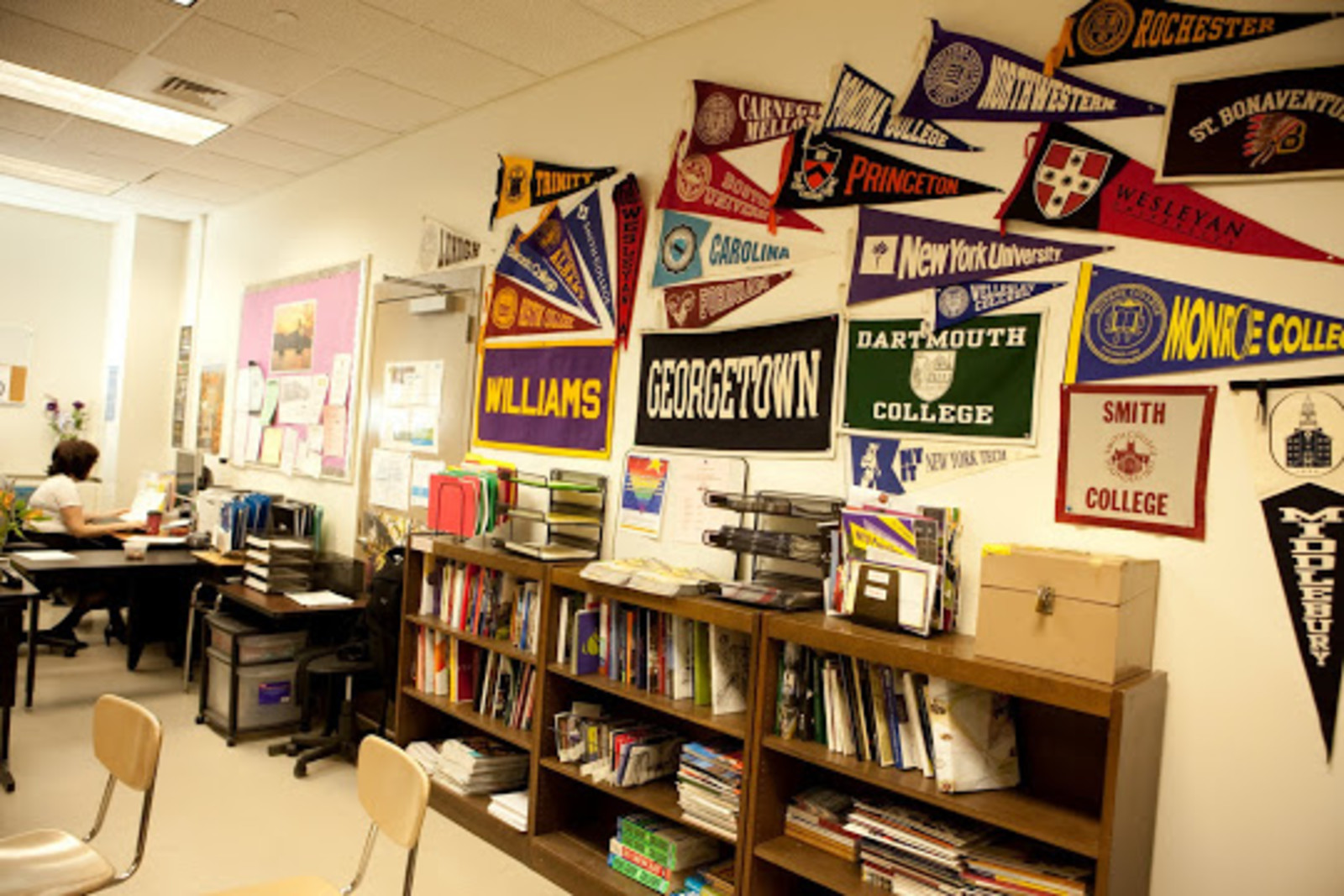College counselor: Who's teaching at your school?

Colleges' reliance on part-time, "contingent" faculty who work without employment benefits and are generally paid far less than full-time, permanent teachers is not a new problem: It has been going on for over 30 years. But disenchanted part-time faculty—and full-time faculty who agree with them—have become increasingly vocal about the practice.
Not only is the hiring of large numbers of contingent or "adjunct" faculty members poor labor practice, but, according to Professor Ellen Schrecker of Yeshiva University, it affects "the education of most students, especially undergraduates, in a very negative way." Schrecker was interviewed for the February 25, 2015 issue of the Chronicle of Higher Education during the week that had been declared a period of national action by part-time faculty. Adjuncts and their supporters wanted to call attention to their working conditions, which usually involve low pay, no benefits, inadequate office space, and little or no chance of promotion. For students, the adjunct situation involves constant teacher turnover, the inability to form meaningful or lasting relationships with teachers and working with a demoralized faculty.
Many adjunct faculty leaders had hoped for a national part-time teachers' strike on February 25. That didn't happen. Too many teachers, across the nation, were intimidated by college or university administration. While some did walk out, others held campus demonstrations to heighten the awareness of the overuse and under-compensation of part-time faculty. But if you were not on a college campus on February 25, you did not learn about this.
People reading this column are looking at colleges, either to enroll in or to apply to next year. The office of institutional research at each college and university completes a multipage form called the Common Data Set (CDS). Some schools are very upfront about this information; some make it extremely hard to find. But if you find the link on their websites and go to the "Faculty" section, you can learn how many faculty members there are, how many are full-time, how many part-time; what percentage have attained the highest possible degree in their field and the racial and gender breakdown of the faculty.
From the Common Data Sets of these schools, I learned that only 9 percent of the faculty at Bates College in Maine is part-time, while at Boston University the figure is 37 percent. Why the discrepancy? Bates is in a small town in rural Maine, where there is a limited academic labor pool of highly-trained professionals. Boston is a large city filled with thousands of qualified people who are willing to teach part-time.
Not all part-time situations are the same. An urban school may hire someone who works full-time as a lawyer to teach one course on, for example, legal ethics in contemporary society. This lawyer is not being exploited; quite the reverse—the school is using the lawyer's expertise to enhance the students' educational experience. But the Common Data Set does not reflect this kind of distinction; there are only full-time teachers and part-time teachers.
So how will you, as a consumer, know if the school you are considering is exploiting its teachers?
If a college—that is, a school granting undergraduate degrees only—has a part-time teaching force of 15 percent or less, this is excellent. But if it is 30 percent or more, be very, very careful: The school is either in financial difficulty or is an exploitive employer.
At a university—an institution that has both undergraduate and graduate schools—you need to expect that some courses will be taught by advanced graduate students called TAs (teaching assistants). This teaching is part of their training. So a university with a part-time faculty percentage of 20 percent or even 30 percent is not uncommon. Forty percent is not healthy—and any higher than that, a red light ought to go off! But just because a university is large doesn't necessarily mean it has a huge percentage of part-time teachers; at the University of Connecticut, only 23 percent of the faculty is part-time, and at the University of Michigan, it is even smaller, at 19 percent.
Here's your homework as prospective college student: Find out who is actually doing the teaching at the schools under your consideration.
Please Post Comments